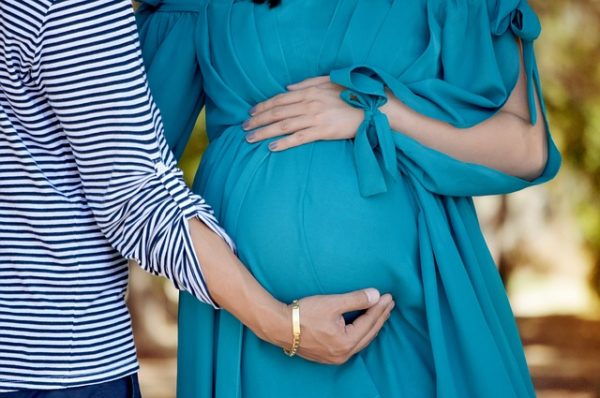As part of the recent Labor Day celebration, the Civil Service Commission (CSC), Department of Labor and Employment (DOLE), and the Social Security System (SSS) have signed the implementing rules and regulations (IRR) of the Expanded Maternity Leave Law.
Here are some of the essential provisions of the said IRR.
Who are covered?
The new law covers all female workers in the public sector, private sector, and informal economy, as well as female national athletes and female SSS members who are voluntary contributors.

What are the benefits under the Expanded Maternity Leave Law?
Under the said law, a paid leave benefit for 105 days shall be granted to the qualified females, with an additional 15 days paid leave, if the female worker qualifies as a solo parent under Republic Act No. 8972, or the Solo Parents Welfare Act of 2000.
The law also provides for sixty days paid leave for miscarriage and emergency termination of pregnancy.
There is also an option to extend for an additional thirty days, without pay, in case of live childbirth, provided that the employee has
Female national athletes are likewise given paid maternity leave, allowances, and benefits.

Lastly, the Philippine Health Insurance Corporation (Phil Health) health care services for pre-natal delivery, postpartum, and pregnancy-related conditions are granted to female workers, even for those who are neither voluntary nor regular members of the SSS.
Grant of Maternity Leave Benefits
Maternity leave cannot be deferred by must be availed of either before or after the actual period of delivery continuously and uninterruptedly. It can be credited as combinations of prenatal and postnatal leave, as long as it does not exceed 105 or 60 days, as the case may be.
Female workers in the public sector shall be granted maternity leave of 105 days with full pay regardless of the manner of child delivery, employment status, and length of service.
On the other hand, to qualify for the maternity leave benefit, female workers in the private sector must have at least three monthly contributions in the twelve months immediately preceding the semester of childbirth, miscarriage, or emergency termination of pregnancy. Furthermore, she shall have notified her employer of her pregnancy and the probable date of her delivery.
At least three monthly contributions in the twelve months immediately preceding the semester of childbirth, miscarriage, or emergency termination of pregnancy is also required before a female worker in the informal economy can avail of the maternity leave benefits.

Allocation of maternity leave benefits
Up to seven days of the maternity leave benefits may be allocated to the child’s father, whether or not they are married. This allocation of leave benefits is over and above the leave benefits provided by Republic Act No. 8187, or the Paternity Leave Act of 1996.
In case of death, absence, or incapacity of the child’s father, the female worker may allocate to an alternate caregiver who may be a relative within the fourth degree of consanguinity or her current partner, regardless of his or her sexual orientation.
https://www.facebook.com/media/set/?set=ms.c.eJxFjtsNRFEIAjvaqPjsv7FNNIf7OwEG85GR1nbL7JifHZCSAQL1gOkl8gGtBSlMeKWINhPAbqg~_4LaJbAI9QK3lWVjR0~_anjR01VqBnAcEdcx5DrKWCWt8EWJEbxfwBQSg3Aw~-~-.bps.a.2490907997600211&type=3
- Due to Unfair Practices, SEC Bars Lending Firm’s Operation - December 30, 2020
- Motorists Can Use Partially Open Skyway 3, Free for a Month - December 28, 2020
- Monthly Contributions to the SSS’s Mandatory Provident Fund Starts in January 2021 - December 26, 2020





